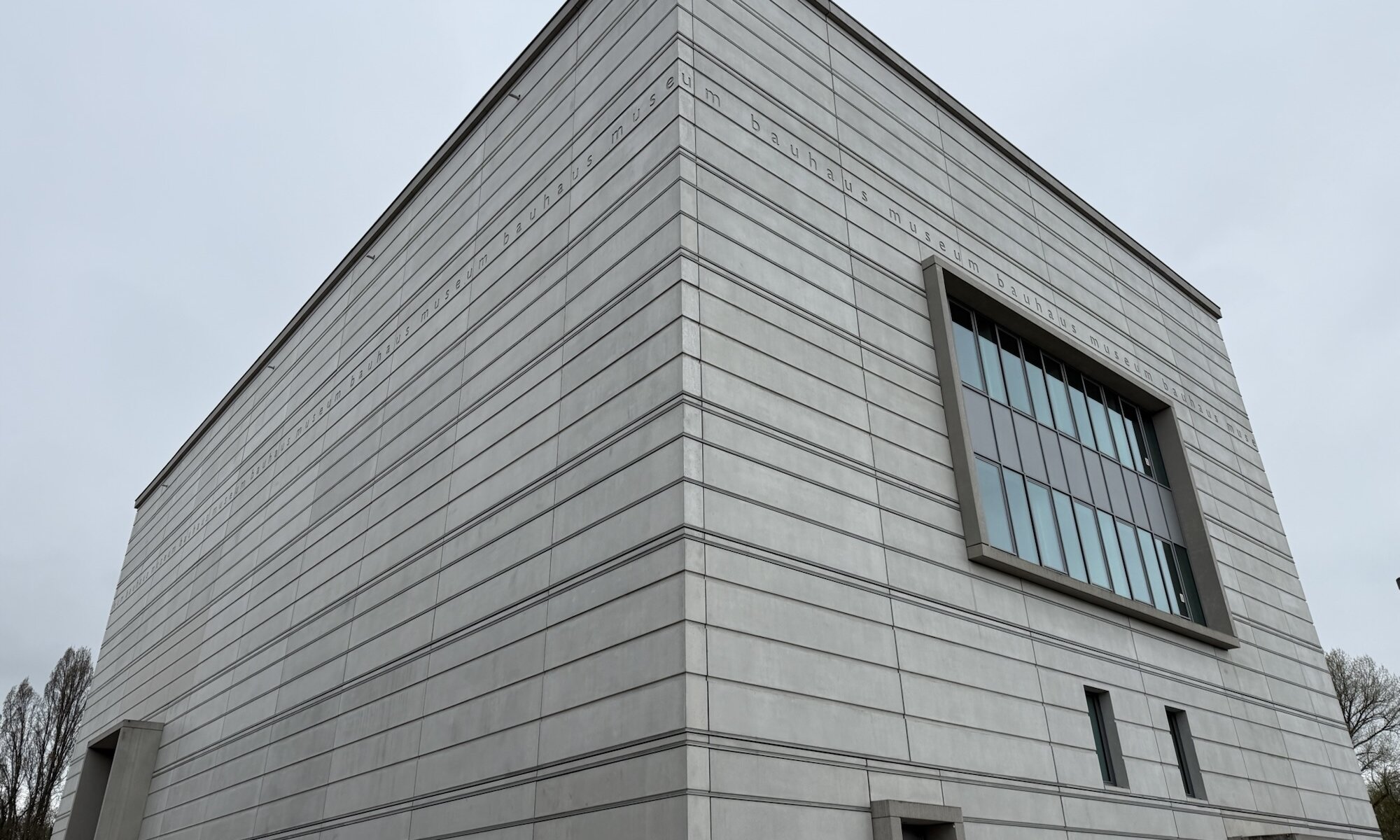The Bauhaus-Museum is a striking, minimalist building located in the heart of Weimar, Germany. Its clear geometric form and spacious forecourt invite visitors to explore the roots of one of the most influential art and design movements of the 20th century. Inside, the museum houses the world’s oldest Bauhaus collection, with over 13,000 objects and documents, including iconic pieces like the Wagenfeld lamp, Marcel Breuer’s slatted chair, and Marianne Brandt’s teapot. The exhibitions are thoughtfully arranged across several floors, guiding visitors through the early years of the Bauhaus and its radical experiments in art, design, and daily life.
The museum’s displays offer a comprehensive overview of Bauhaus innovations in architecture, furniture, ceramics, metalwork, and stage design. Visitors can see original works by renowned artists such as Paul Klee, Lyonel Feininger, László Moholy-Nagy, and others. The exhibitions also highlight the social and educational ideals of Bauhaus, focusing on concepts like the ‘New Man‘ and the integration of art, craft, and technology. Special attention is given to the experimental teaching methods and the collaborative spirit that defined the school during its Weimar phase.
Bauhaus was founded in 1919 in Weimar by architect Walter Gropius. Its goal was to unite art, craft, and technology into a new, modern approach to design and living. The school became a hub for avant-garde thinkers and creators, attracting visionary teachers and students. The most famous directors were Walter Gropius, Hannes Meyer, and Ludwig Mies van der Rohe, each of whom left a significant mark on the school’s philosophy and output. Other influential teachers included Paul Klee, Wassily Kandinsky, Josef Albers, and Marcel Breuer, who all contributed to the school’s interdisciplinary and experimental ethos.
The Bauhaus’s time in Weimar ended abruptly in 1925 due to rising political pressure and hostility from conservative and right-wing forces. When the Nazis rose to power, they saw the Bauhaus’s progressive ideas and internationalism as a threat. The school was forced to move to Dessau and later to Berlin, but the increasing repression under the Nazi regime led to its closure in 1933. Many works were confiscated as ‘degenerate art‘, and several Bauhaus members faced persecution, exile, or worse. Despite its short lifespan, the Bauhaus left an enduring legacy that continues to shape art, design, and architecture worldwide.
Bauhaus-Museum
Weimar
Germany
https://www.klassik-stiftung.de/bauhaus-museum-weimar
Loading map...


